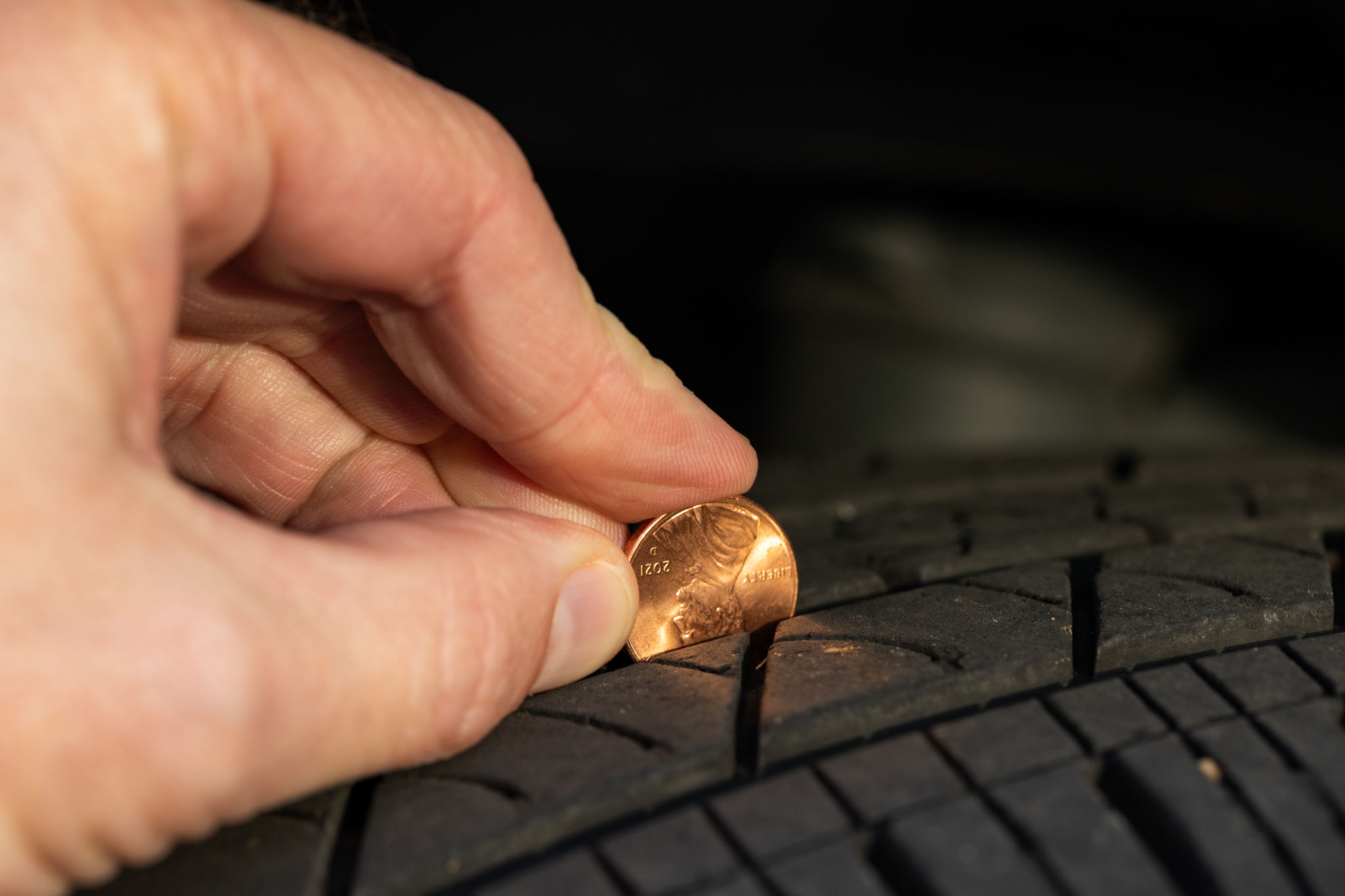The Best Seasonal Tire Maintenance Tips for St. Phillips Residents
Understanding Seasonal Tire Maintenance
For residents of St. Phillips, where weather conditions can vary significantly across seasons, maintaining your vehicle's tires is crucial for safety and performance. Understanding how to care for your tires as the seasons change can help extend their lifespan and ensure optimal driving conditions.

Check Tire Pressure Regularly
One of the most important aspects of tire maintenance is regularly checking your tire pressure. Temperature fluctuations can cause the air inside your tires to expand or contract, leading to incorrect tire pressure. Under-inflated tires can decrease fuel efficiency, while over-inflated ones may lead to uneven wear.
It's advisable to check your tire pressure at least once a month and before any long trips. Make sure to use a reliable pressure gauge and refer to your vehicle's manual for the recommended tire pressure settings.
Inspect Tire Tread Depth
The tread depth of your tires is another critical factor in maintaining safe driving conditions. As seasons change, particularly from summer to winter, it's essential to inspect the tread depth to ensure adequate grip on the road. A simple way to check tread wear is the penny test: insert a penny into the tire's tread grooves with Lincoln’s head upside down. If you can see all of Lincoln’s head, it's time to replace your tires.

Rotate Tires Every Season
Tire rotation involves changing the position of each tire on your vehicle. Regular rotation helps distribute wear evenly across all tires, improving their lifespan and performance. In St. Phillips, it's recommended to rotate your tires with every seasonal change, typically every 8,000 to 10,000 kilometers. Consult your mechanic or refer to your vehicle's manual for the best rotation pattern for your specific car.
Consider Seasonal Tires
Investing in seasonal tires can make a significant difference in handling and safety. Winter tires are designed to perform better in cold, snowy conditions, while summer tires offer better traction and handling in warmer weather. All-season tires are an option for those who prefer not to switch tires, but they might not perform as well in extreme weather conditions.

Regular Wheel Alignment
Wheel alignment involves adjusting the angles of the wheels so that they are parallel to each other and perpendicular to the ground. Proper alignment ensures even tire wear and optimal vehicle handling. Misalignment can occur due to potholes or curb impacts, which are common in St. Phillips during harsh weather conditions.
It's advisable to have your wheel alignment checked by a professional at least once a year or if you notice any changes in your vehicle's handling.
Clean Tires During Seasonal Transitions
As you transition between seasons, cleaning your tires can help remove any salt, dirt, or debris that might have accumulated. This is particularly important after winter, as road salt can be corrosive and damage both the tires and wheels.

Store Off-Season Tires Properly
If you use seasonal tires, proper storage is essential to maintain their condition when not in use. Store them in a cool, dry place away from direct sunlight and chemicals. It's best to keep them covered and stack them horizontally if they are mounted on rims or vertically if they are not.
Conclusion: Stay Safe Year-Round
By following these seasonal tire maintenance tips, St. Phillips residents can ensure a safer and more comfortable driving experience throughout the year. Regular maintenance not only extends the life of your tires but also enhances fuel efficiency and driving safety. Remember, investing a little time in tire care can lead to significant savings and peace of mind on the road.